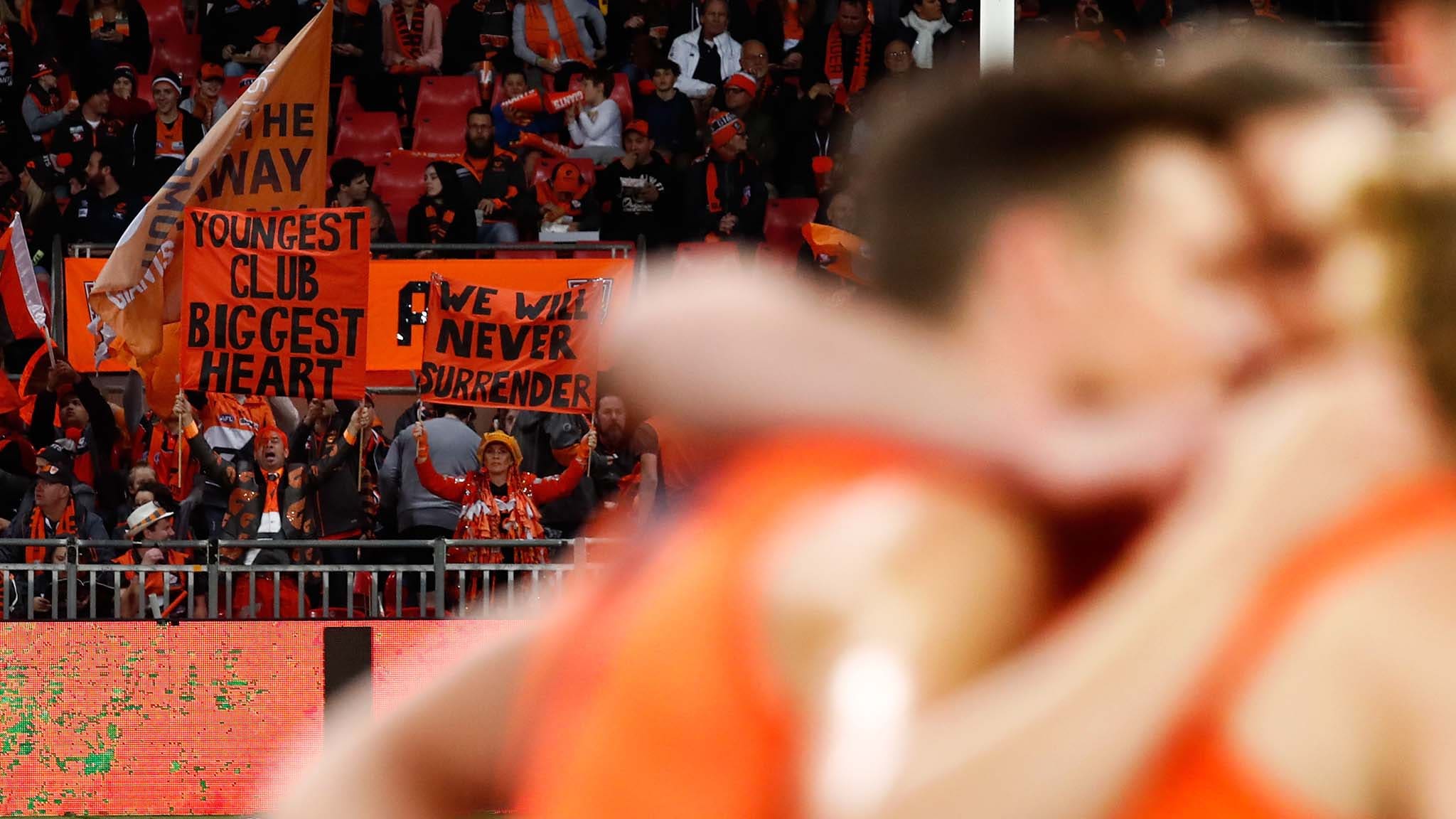THE AFL likes to think of itself as Australia’s game and when it comes to any of the football codes, using most of the usual indicators, it is a sentiment that is reasonably close to the mark.
But a fortnight ago, when the AFL world gathered en masse in Sydney for its biggest annual non-football event, the 2017 NAB AFL Draft, the League was also served a jolting reminder about how far down the pecking order it is in New South Wales.
The NSW state government announced the very same day that it was spending $2.3 billion to rebuild Allianz Stadium, which immediately abuts the SCG in Moore Park, and to all but rebuild ANZ Stadium, the 75,000-seat stadium that was initially built less than 20 years ago for the 2000 Sydney Olympic Games.
Add the new Western Sydney Stadium that is being built on the site of the former Parramatta Stadium, and that means three new sporting palaces for Sydney will open in the next few years, and more significantly, all rectangular and incapable of hosting AFL football, at least the 18-a-side version we have known and loved for 160 years.
The AFL had lobbied, more out of hope than with any real degree of optimism, that the rebuilt ANZ Stadium would retain its oval configuration, so the option remained for staging really large drawing games such as a Sydney derby final or any final involving the Swans or Giants against a club with a large travelling supporter base, in a stadium that seats close to 75,000.
Not surprisingly, NSW premier Gladys Berejiklian didn’t buy into that one. The Olympic Stadium is the home of the NRL, the Wallabies and the Socceroos, who all play on rectangular-shaped fields. Pleasing the AFL won’t win votes for any political party at the next election.
But there was a reasonable argument that some of that $2.3 billion should have been allocated to the SCG, where both the AFL and Cricket Australia had lobbied for the Brewongle and O’Reilly Stands, both built nearly four decades ago, to be razed then rebuilt.
The oval-shaped field sports argued that the various shortcomings that determined that Allianz Stadium needed to be bulldozed and started over applied even more so to the western corner of the SCG. Those two grandstands pre-date the neighbouring Sydney Football Stadium by nearly 10 years.
The rectangular-field sports will argue that the NSW government has fairly looked after the AFL (and cricket) in recent years, what with $45 million in 2010 to help redevelop Spotless Stadium as the match-day home for GWS and $97.5 million towards the rebuilt Bradman and Noble stands at the SCG.
The Giants' home ground of Spotless Stadium was given a facelift. Picture: AFL Photos
And there are countless new AFL-suitable oval fields and accompanying infrastructure sprouting up all over New South Wales, and with more to come. And the reason nearly the entire AFL community decamped to Western Sydney for the draft was due to the largesse of the NSW government.
But the plain fact is that within a few years, no AFL game in Sydney will be able to be watched by a crowd of more than 48,000. The Giants might have to put aside their distaste for playing home finals at the SCG in order to maximize crowds, including any home final against the Swans. In NSW, as in Victoria, it might become a case of home state rather home ground finals.
The AFL packs plenty of punch in the corridors of power on one side of what Professor Ian Turner once called the 'Barassi Line'.
The other side? Well, AFL boss Gillon McLachlan and commission chairman Richard Goyder still have some work to do.


